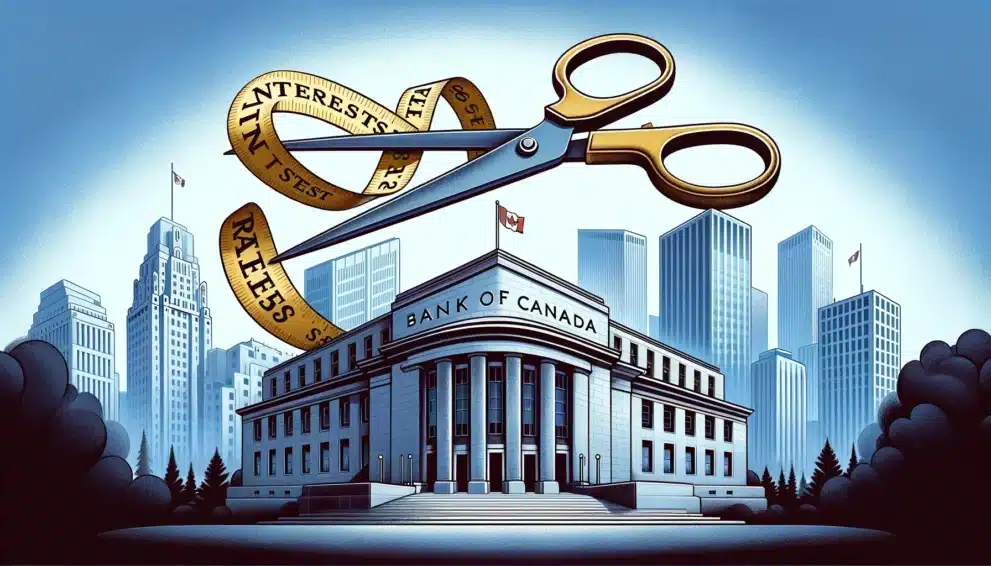
The Bank of Canada today did what was expected and kept the overnight rate unchanged for the fourth consecutive meeting. In fact, a hawkish tone was struck with the mention of a possible raise, (the BoC “remains prepared to raise the policy rate further if needed”) though most believe that is not really on the table.
“In Canada, the economy has stalled since the middle of 2023 and growth will likely remain close to zero through the first quarter of 2024,” the BoC said in a press release. “Consumers have pulled back their spending in response to higher prices and interest rates, and business investment has contracted. With weak growth, supply has caught up with demand and the economy now looks to be operating in modest excess supply. Labour market conditions have eased, with job vacancies returning to near pre-pandemic levels and new jobs being created at a slower rate than population growth. However, wages are still rising around 4% to 5%.”
But in an economic update January 24, Nathan Janzen, Assistant Chief Economist at the Royal Bank of Canada says the inflation battle is being won.
“Core measures of inflation are not yet showing the “sustained declines” that would allow for the central bank to shift immediately to interest rate cuts. Wage growth is also still running at historically high levels and a pullback in term bond yields (in anticipation of future rate cuts in both Canada and abroad) have already eased financial conditions somewhat from the BoC’s last rate decision. But a softening economic backdrop makes it increasingly likely that inflation will drift lower rather than higher. The unchanged GDP the BoC expects in Q4 would mark a sixth straight drop in per-capita output. And the unemployment rate has edged higher with increased employment counts no longer keeping up with surging population growth.”
Janzen says the BoC is still on track to begin cutting rates in mid-2024.
“Interest rates are already at levels that are high enough to restrict economic activity and wobbly-looking GDP growth and labour market backdrops mean the most likely trajectory for inflation going forward is still lower,” he wrote. “‘Core’ inflation measures have not yet shown the ‘sustained’ downward pressure towards the 2% target rate the BoC wants to see before pivoting to interest rate cuts. But we expect slower price growth alongside a weakening economic backdrop will push the BoC to start gradually lowering the policy rate late by mid-year.
The next meeting around the overnight rate is scheduled for March 6.



 Share
Share Tweet
Tweet Share
Share




Comment